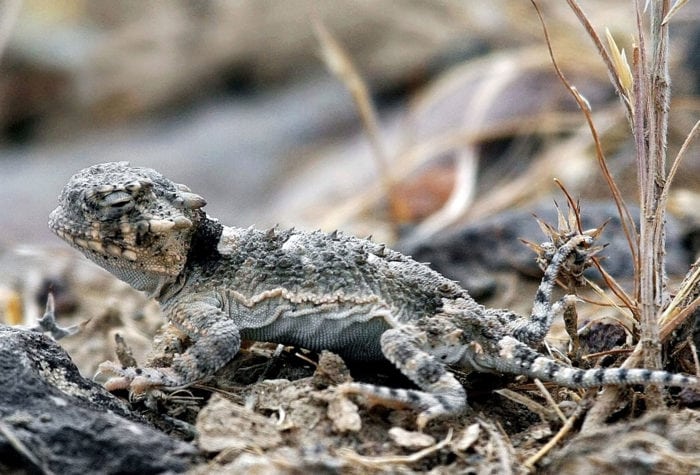In a recent editorial, The Bulletin asked a good question: “how much land does Oregon have that is appropriate for wilderness?”
The answer is a lot. A heckuva lot.
In Oregon’s high desert alone, federal surveys and volunteer-driven inventories have identified eight million acres of public lands and hundreds of miles of rivers and streams deserving of protection. These treasured places include Steelhead Falls, the John Day River, and the Owyhee Canyonlands — quintessential, irreplaceable landscapes in Oregon’s dry side.
Wilderness designation is a timeless and enduring commitment to preserve this natural heritage. Designation is also increasingly important to protect wildlife, habitats and watersheds from a warming world and a burgeoning biodiversity crisis.
Renowned scientist E.O. Wilson has championed the idea that we save as much as half the Earth to conserve species and ecosystems. The U.S. Senate is already considering a first step: protecting 30 percent of the country by 2030.
Wilderness areas — along with lands and water protected by Wild and Scenic Rivers, national conservation areas, national monuments and other federal designations — can serve as climate refugia for flora and fauna threatened by improvident development, climate change and other factors.
And as The Bulletin noted, protected public lands and waters offer endless recreational opportunities, generating new, sustainable revenue streams for local communities and regional economies.
Oregon Natural Desert Association welcomes this important discussion on conservation, and invites you to join us in protecting our desert public lands, waters and wildlife.
